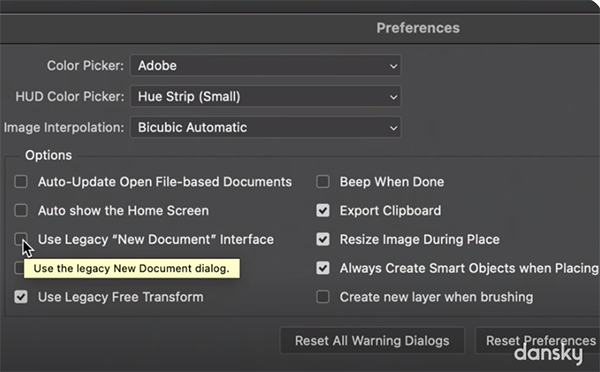Water bills to rise by an average of £94 over 5 years – this is how your region will be affected
Everything you need to know about Ofwat’s proposed water bill increases
Earlier this month we featured a quick boudoir photography tutorial for beginners from Patrick’s Boudoir Photography Secrets, demonstrating a simple way to capture sensuous photos with basic gear and ambient light. Today Patrick is back again with a similar window-lighting technique—this time with a sitting floor pose that is very flattering for models of all body types.
Patrick is a Vienna-based pro who specializes in capturing natural light portraits that tell a story with thoughtful composition, great image structure, and other compelling elements. His boudoir tutorials are designed for those new to the genre, requiring nothing but a camera and lens, and a bright window to illuminate the scene.
Another benefit if you’re just getting started is that you don’t need an experienced model. In fact, Patrick’s posing tips are designed for “models” who are new to the game like a spouse, friend, or significant other. The floor pose you’ll see today is very comfortable and easy for you to explain.

Patrick begins with this: “In less than three minutes we’ll show you how to perfectly highlight your model’s chest and belly with an incredibly sensual pose on the floor that suits almost any body type and delivers gorgeous results.” Part of the trick is understanding how slight adjustments in body posture can greatly enhanced femininity, and Patrick covers that too.
There’s a lot going on in this video beyond posing, and you’ll learn how to create stunning highlights and shadows with nothing more than light streaming through a window. Patrick also has great ideas on composition, camera gear and settings, and how to quickly edit your photographs to achieve the high-contrast b&w effect he creates as you watch.
And don’t forget: You can double your newfound knowledge in another two minutes by watching Patrick’s earlier boudoir tutorial that’s mentioned above. Then head over to his popular YouTube channel where there are more simple episodes to be found.
We occasionally provide expert advice on configuring the Photoshop workflow so that it meets your specific needs, and this typically involves revealing hidden features or activating settings that are disabled by default. The tutorial below from the Dansky instructional YouTube channel takes the opposite approach; namely, suggestions for turning off certain settings that one pro says will just slow you down.
Instructor Daniel White is an image-expert whose videos are both informative and fun because they typically include a bit of sarcasm. He introduces today’s episode like this: “To make the Photoshop experience a lot simpler and more streamlined there are a bunch of settings to turn on, and some you definitely need to disable. This lesson is devoted to the latter.
White first turns his attention to settings recently added by Adobe that are active by default, and he explains why he recommends turning off the Show Transform Controls option. Keep in mind that all of his tips are subjective, but you’ll see why he finds this particular setting so distracting. He also provides a simple keyboard shortcut for toggling it on and off.

There are two other settings in the same dropdown panel that White says are equally useless and distracting, and these are called Show Layer Bounds on Hover, and Show Hover Bounds from Layers. By nixing all three aforementioned settings you’ve already begin cleaning up the mess.
White moves on to “a bunch of settings in Preferences that you need to change,” beginning within the General list of options. You’ll see why he disables the Use Legacy Free Transform setting. Another timesaving tips is turning off “Auto Show the Home Screen, and the awkwardly labeled Use the Legacy New Document Dialog options for reasons he explains.
At this point you’re less than halfway through White’s list, but this one-time task is both easy and well worth your effort. So take a few notes, sit down at the computer, and make some or all of the changes White recommends for accelerating Photoshop and improving the results you achieve.

On a similar note, don’t miss the tutorial we featured earlier from another post-processing expert who demonstrates how to take advantage of a game-changing Lightroom technique that most experienced users can’t live without.
